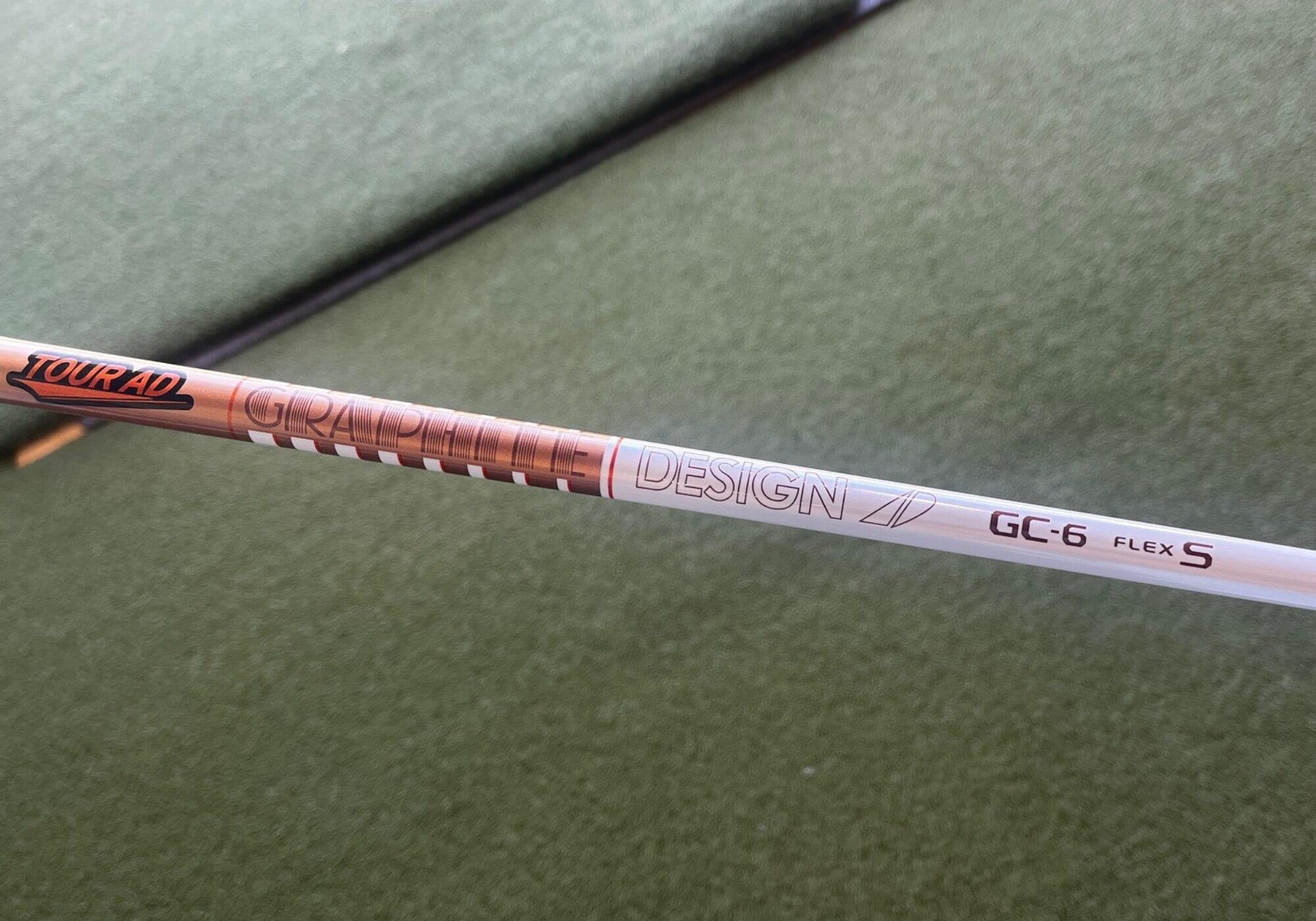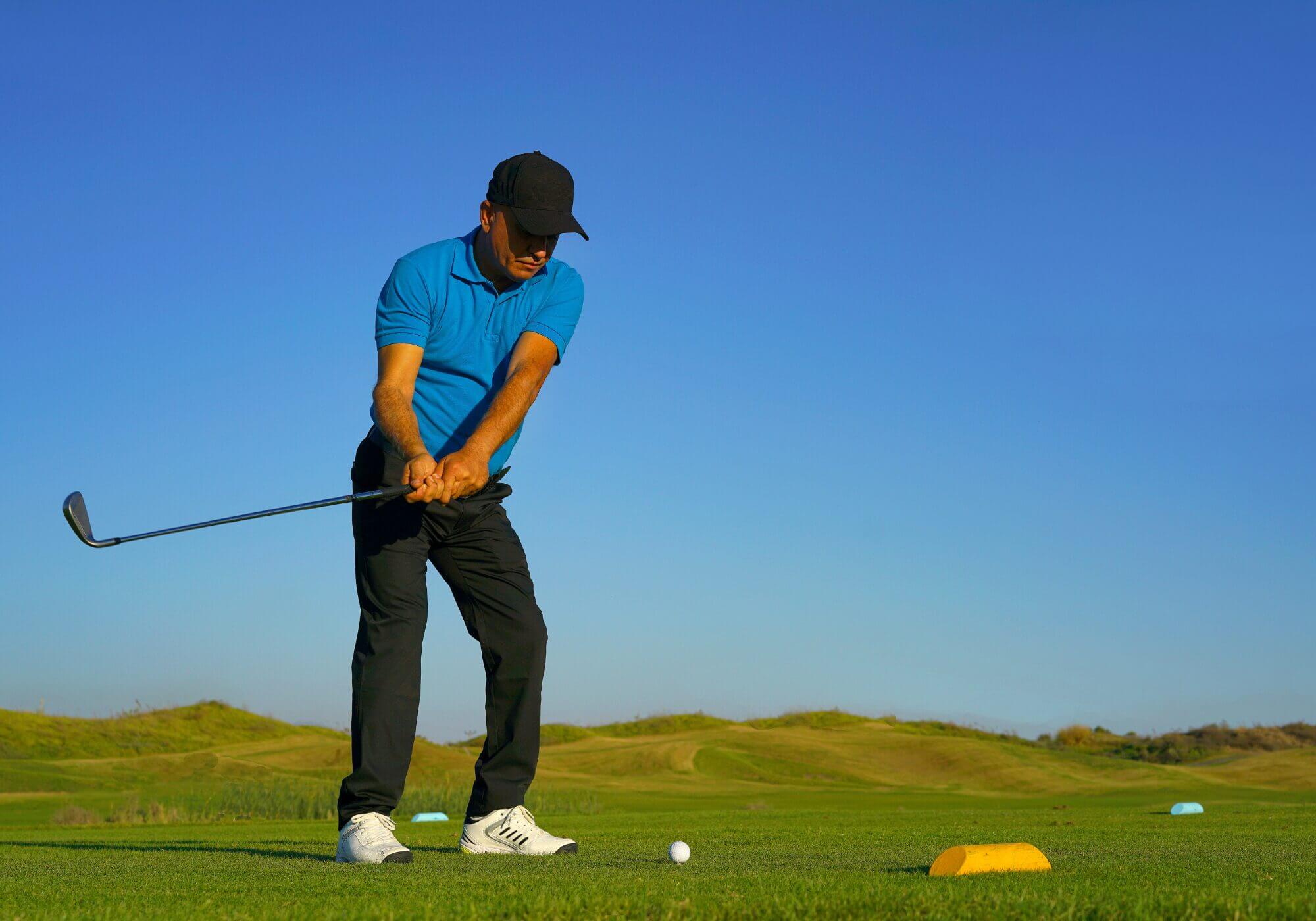GOLFTEC's Director of Teaching Quality Josh Troyer explains how hip sway works in the swing and why it's more important than you may think.
The post Why hip sway matters more than you think in the golf swing appeared first on Golf.
GOLFTEC's Director of Teaching Quality Josh Troyer explains how hip sway works in the swing and why it's more important than you may think.
The post Why hip sway matters more than you think in the golf swing appeared first on Golf.
Luke Donald pushed the right buttons in leading Europe to a Ryder Cup win at Bethpage. His secret? It's not as complex as you think.
The post After Europe’s Ryder Cup victory, Luke Donald revealed his secret appeared first on Golf.
Golf wedges are specialized clubs designed for short-game play, offering enhanced control and spin for shots around the green. Understanding the different types of wedges and their applications is crucial for improving your scoring.
There are generally four main types of wedges, each with a specific loft range and intended use:
Beyond loft, two other critical factors influence wedge performance: bounce and grind.
Bounce refers to the angle created between the leading edge of the wedge and the lowest point of the sole. It helps the club glide through sand or thick grass without digging in.
Injured military vets from the U.S. and Great Britain face off in the Simpson Cup at some of the best courses in the world.
The post Want more patriotic match play? Wounded vets compete just days after the Ryder Cup appeared first on Golf.
With one photo, Shane Lowry jabbed U.S. Ryder Cup captain Keegan Bradley and shed light on Team Europe's strategy at Bethpage Black.
The post ‘Life long dream’: Shane Lowry jabs U.S. captain with Ryder Cup photo appeared first on Golf.
Luke Donald remained tight-lipped on his future as he soaked up the magnitude of his latest Ryder Cup victory.
It was a magical weekend for Team Europe at Bethpage Black, but how does their Ryder Cup victory compare to those that came before?
It’s been a while since I went for a driver fitting. My current gamer, the Callaway Mavrik, has been in the bag for about five years. I didn’t buy it after a big demo day or custom build. It was more of a practical decision. Prices had dropped, my old COBRA needed replacing and after hitting a friend’s Mavrik, I figured it was good enough.
And, honestly, it has been.
I’ve never felt like the Mavrik was holding me back. When tested on a simulator, I knew it spun a little too much but on the course, I’ve always managed to adapt and make it work. That’s been my pattern as a golfer. I’ve always been able to make clubs fit my game instead of the other way around.
I went into the fitting with realistic expectations. Unless something was considerably better, I was fully prepared to keep the Mavrik in the bag. The goal wasn’t to chase the latest model for the sake of it. It was to determine if the new technology truly made a difference in my game.
I tested a lot of options: TaylorMade’s Qi35 lineup, the new Titleist GT drivers, Cobra’s DS-Adapt, the PING G440.



How far should you hit your irons? The answer depends more on your handicap than the number on the club. Using performance data from Shot Scope for male golfers, this chart shows the average 4– to 9-iron distances by handicap.
These numbers reflect real on-course results, not just swing speed. Think of them as baselines. If you swing faster or strike it well, you’ll likely hit it farther. If you’re less consistent, you may fall below the averages.
At the 25-handicap level, long irons are almost unusable. Only seven percent of 4-iron shots hit the green and proximity stretches past 260 feet. Even the 5-iron produces just six percent of greens in regulation with an average leave of more than 230 feet. Distance gaps between clubs start to compress, leaving just a few yards of separation between the 6- and 7-iron. The 9-iron is the most reliable iron in the bag, hitting the green 23 percent of the time.
| Club | P-Avg Distance (yards) |
|---|---|
| 4-iron | 151 |
| 5-iron | 143 |
| 6-iron | 137 |
| 7-iron | 132 |
| 8-iron | 122 |
| 9-iron | 108 |
For 20-handicap golfers, the 4-iron finds the green only eight percent of the time with proximity over 200 feet. Mid-irons like the 6-iron hit greens just 15 percent of the time and the 7-iron is barely better at 19 percent. Distance gapping is still somewhat inconsistent for 20-handicap golfers. Some irons have very small distance gaps.
| Club | P-Avg Distance (yards) |
|---|---|
| 4-iron | 169 |
| 5-iron | 162 |
| 6-iron | 151 |
| 7-iron | 146 |
| 8-iron | 138 |
| 9-iron | 129 |
By the 15-handicap level, iron play begins to stabilize but long irons remain inefficient. The 7-iron hits the green 20 percent of the time and the 9-iron pushes up to 32 percent, making it the most effective iron in the set. Still, proximity numbers show that even when these golfers hit greens, they aren’t leaving many makeable birdie putts. Distance gapping improves compared to higher handicaps, with most irons separating closer to 10 yards.
Many golfers, especially those new to the game, often make the same assumption: they believe their hands need to help lift the ball into the air. As a result, they tend to flip their wrists through impact, relying on what feels natural to them. They then wonder why their playing partners are hitting shots that have a penetrating flight and travel farther, yet land more softly on the green.
Having a basic understanding of what correct impact looks and feels like can greatly benefit these golfers. With just a few practice sessions focused on these principles of good impact, they can achieve significant distance gains and a dramatically improved ball flight.
Early release and scooping? This flipping motion causes the club to create a weak, ascending blow, which prevents proper compression of the ball. Essentially, you’re trying to lift the ball instead of striking down and forward, resulting in a loss of power and control over spin.
Trying to help the ball up? While this feels natural, actively lifting with your hands destroys the descending blow needed for crisp iron contact. You can’t compress the ball properly when you’re flipping the clubhead past your hands before impact.
Inconsistent hand action from shot to shot? Even if your flip isn’t severe, wild variations in release timing mean you never optimize impact. Some shots work, others don’t, and you never know which strike pattern you’re going to get.

U.S. captain Keegan Bradley said the Ryder Cup's longstanding envelope rule involving injured players should change, but European counterpart Luke Donald said it's there to protect players and should remain in place.
Rory McIlroy, the target of constant heckling this week at Bethpage Black, called the fans' behavior unacceptable and said Americans should have been supporting their own players, not using that energy to insult the Europeans.
Ryder Cups are never easy on the road team but the amount of abuse McIlroy endured wasn't just regrettable, it was flat-out repulsive.
The post After 3 days of Ryder Cup hell, Rory McIlroy’s emotions poured out appeared first on Golf.
Cameron Young emerged from this Ryder Cup as Team USA's brightest star — and discovered something new in the process.
The post In jarring U.S. Ryder Cup defeat, an unlikely hero emerged appeared first on Golf.
With the 45th Ryder Cup in the books, it's time to issue a report card for everyone — and everything — at Bethpage Black.
The post Ryder Cup grades: Report card for players, captains, fans, venue appeared first on Golf.
At the Ryder Cup, it's about playing well, strategy and nailing key decisions. Although U.S. captain Keegan Bradley would like one mulligan.
The post ‘Made a mistake’: Keegan Bradley shares first Ryder Cup regret appeared first on Golf.
U.S. captain Keegan Bradley took the blame for his team's 15-13 loss to the Europeans on Sunday in the 45th Ryder Cup, saying he made a mistake in the course setup at Bethpage Black.
A rule is slammed by U.S. captain Keegan Bradley after his team’s Ryder Cup loss at Bethpage Black. “It has to change,” he said.
The post ‘Has to change’: 1 rule slammed by Keegan Bradley after Ryder Cup loss appeared first on Golf.
In the latest U.S. Ryder Cup debacle, the Americans left with hard questions about crowds, competition and culpability.
The post The cascading failures of a Bethpage U.S. Ryder Cup appeared first on Golf.
Keegan Bradley lost his Ryder Cup debut as captain, but an endorsement from players proved he was the right man for the job.
The post Keegan Bradley didn’t win Ryder Cup but gained something valuable appeared first on Golf.
© 2025 GolfLynk.com a division of Outdoorsmen.com